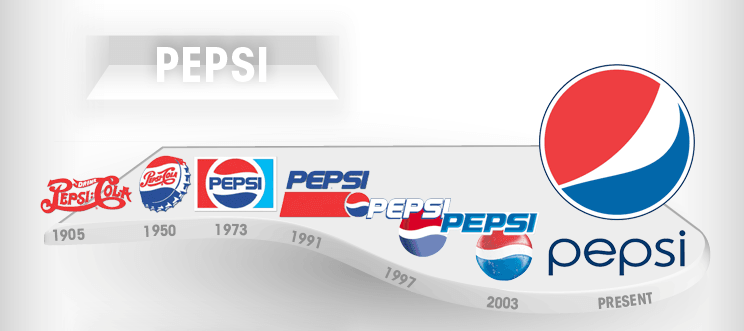There are a lot of new businesses emerging these days, from hobbies-turned-side hustles to full-blown companies. You may feel your business is falling behind while others are gaining traction. So what can you do about it? An obvious answer is to stay top-of-mind with your customers and strategize outreach campaigns for new ones whether that be on social media, traditional or digital marketing. However, there’s one important thing you should take a look at before investing your time and money into more advertising… branding! Your brand speaks volumes about who you are, what your business does, your mission, and your overall voice. If you’re having trouble resonating with your audience, maybe it’s time for a rebrand.
How to Start a Rebrand
Rebranding can be a daunting task if you don’t have a roadmap of where to start and where you’re going. Before you start designing anything, picking new colors, or announcing it to the public, write down a list of goals you have for this rebranding. This will act as your own unique roadmap and keep you on task throughout the whole process. Next, you’ll want to do market research to understand your target audience, industry trends, and competitors to find gaps and opportunities for your brand. You’ll also need to evaluate your brand as it stands today, your identity, messaging, and values to pinpoint what needs to change.
Brand Identity Development
Now comes the fun part, start gathering inspiration from other brands you love, whether it’s their color schemes, website, or social media. This will help direct you on how to handle the creative aspects of rebranding. Will you need a new logo? That depends… does your current logo align with the goals you set up for your business? If not, you should design a new one. If your logo is very well-known by your customers, then you don’t have to throw it all away, think about modernizing the typeface, colors, or icon. Some great examples of this are Pepsi and Mercedes-Benz. After you’ve nailed down some visual elements, think about crafting a compelling tagline and messaging that encapsulates your brand’s essence and resonates with your target audience.


Implementation and Rollout
The first step to implementing your new brand is to communicate it internally. Involve your employees in the process, explain the reasoning behind it, and ensure they are aligned with the new direction. Next, begin crafting external communications to announce your rebranding to customers, stakeholders, and the public. This may include a press release, social media updates, or a public event. As you approach the official transition date, update your website, digital assets, marketing collateral, signage, packaging, etc. with the new identity to ensure a seamless user experience.
Post-Rollout
After you’ve fully switched over to your new brand, launch marketing campaigns that introduce the rebrand to your target audience. Highlight the benefits of your new identity and how it aligns with their needs and preferences. Finally, gather feedback from customers and stakeholders on the new branding and make any necessary adjustments based on their input.
What if I Still Need Help?
No problem! Reach out to us day or night and we’d be happy to jump in on your rebranding project with you. After all, more hands make light work!

Written by: Elizabeth Conklin, Co-Founder & CEO

